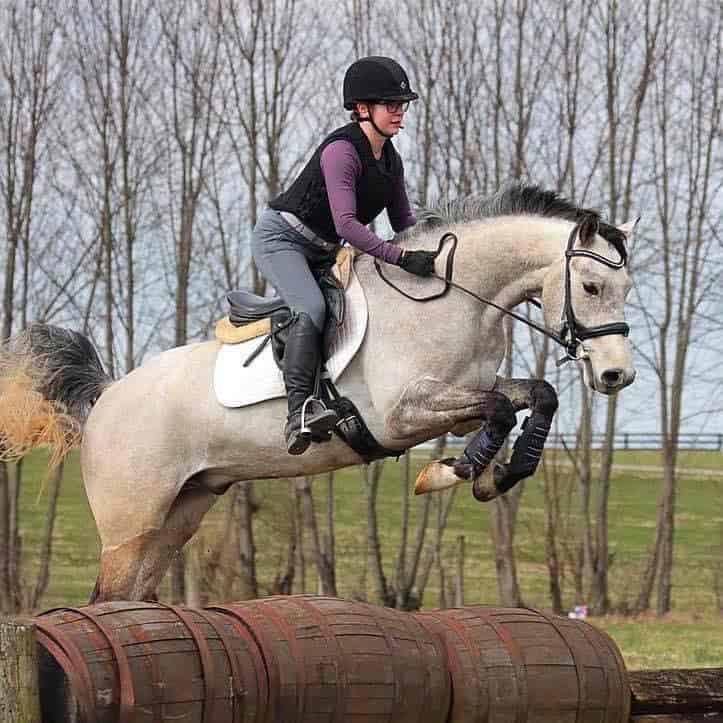Ultrasonography to Diagnose Colic in Horses

Colic in horses is often caused by large colon displacement. In cases of a possible displacement, ultrasonography can be a useful tool for equine veterinarians to make a more accurate diagnosis.
During the British Equine Veterinary Association Congress, held Sept. 7-10 in Liverpool, Harry Carslake, MA, VetMB, Dipl. ACVIM, ECEIM, MRCVS, of University of Liverpool’s Leahurst Equine Hospital, in Neston, Cheshire, U.K., shared his experience using ultrasound to diagnose large colon displacements.
“Textbooks often classify displacement rigidly into left and right dorsal displacement, large colon torsion, and sometimes retroflexion,” he said. “But in many cases, it’s not actually that clear.” He said ultrasound can help better categorize cases and offer other clinical findings. This information can help veterinarians and owners decide if a colic can be managed medically or if surgical intervention is necessary. Additionally, he said, ultrasound can help practitioners provide a more accurate prognosis and monitor treatment.
However, ultrasound evaluation of the colon has its limits. Apart from location within the abdomen, he said, it’s difficult to differentiate the parts of the colon using this imaging modality. “This is fine when the colon is in the right place, but when the colon is displaced, it’s quite hard to definitively say which part is the ventral colon, perhaps, and which part is the dorsal colon.”
Luckily, certain colonic features can give practitioners clues as to what they are examining—for example, blood vessels, which in the normal large colon are on the medial (toward the midline) side and obscured by the intestine. Therefore, if these blood vessels are visible on ultrasound, it means they are lateral and lying against the body wall, which can point toward a torsion or displacement.
The position of the liver and diaphragm can also help with diagnostics. “In a normal horse, the right liver lobe is up against the diaphragm,” he said. But if there is space between the two and bowel intruding, displacement might be present.
Fluid distension of the cecum, duodenum, and stomach can occur secondary to colon displacement or distension and is sometimes visible on ultrasound.
Carslake added that if the left kidney is visible on ultrasound, that means the left dorsal colon is not displaced; if it’s hidden, nephrosplenic entrapment is possible. However, keep in mind other conditions can also cause the left kidney to not be visible, so this can’t be used as a definitive diagnosis.
In a possible colon torsion Carslake said he looks for a thickened colon wall on ultrasound. Wall thickness greater than 9 millimeters can point toward large colon torsion, and, again, location of blood vessels can give further information. However, colitis and some other nonsurgical conditions also can appear as a thickened colon wall, so this finding alone does not guarantee an accurate diagnosis.
Carslake drove home that it’s important to use ultrasound as just one part of the puzzle. “You always need to put ultrasound examinations in the context of your wider examinations for colics, but it does give really useful information.”

Written by:
Shoshana Rudski
Related Articles
Stay on top of the most recent Horse Health news with















